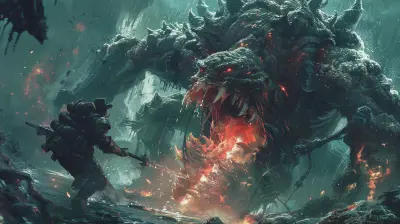The Evolution of Tactical Warfare in Gaming
30 May 2025
When it comes to gaming, few genres have stood the test of time as strongly as tactical warfare games. These are the kinds of games that make us stop, think, and strategize before making a move. They’re not just about button-mashing or flashy graphics; they're about brains over brawn. But how exactly have tactical warfare games evolved over the years? Spoiler alert: it's been a wild ride! Buckle up, because we’re diving deep into the fascinating journey of tactical warfare in the gaming world.
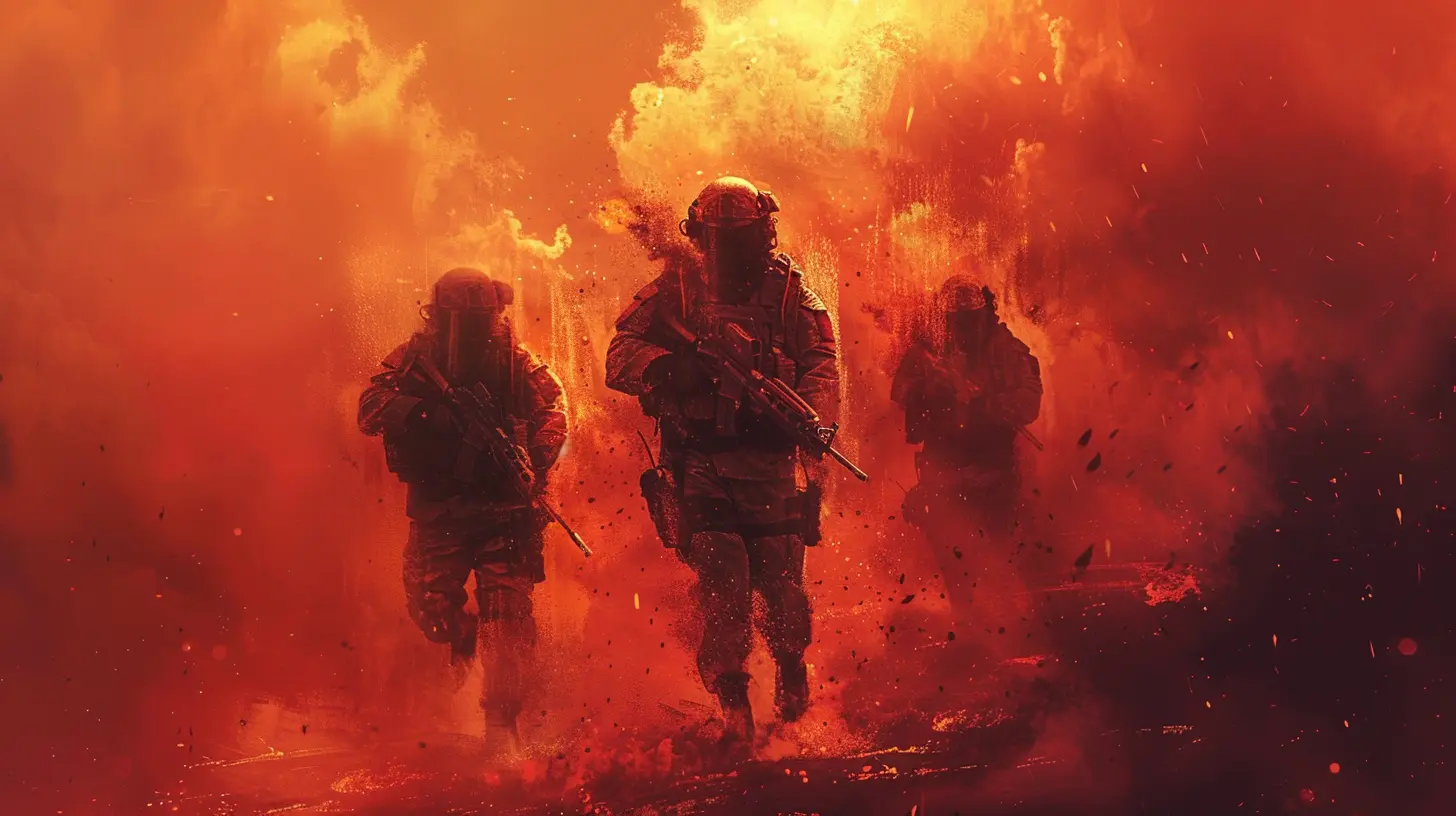
The Dawn of Tactical Warfare Games
To appreciate how far we’ve come, let’s rewind to the early days of gaming. Tactical warfare in gaming didn’t pop up out of nowhere, you know. Back in the late ’70s and early ’80s, the first glimmers of strategy began to appear.The Rise of Text-Based Strategy
Picture this: you’re on a computer with no graphics—only text. Sounds dull? Not for gamers in the ’70s and early ’80s! Titles like Colossal Cave Adventure laid the groundwork for commanding armies and managing resources, but it wasn’t until games like Empire (1977) that players really got to flex their tactical muscles.These games were rudimentary by today’s standards, but they had something crucial: they made you think ahead, calculate risks, and plan your moves. It was chess, but in a digital form. Who doesn’t love a little mental workout, right?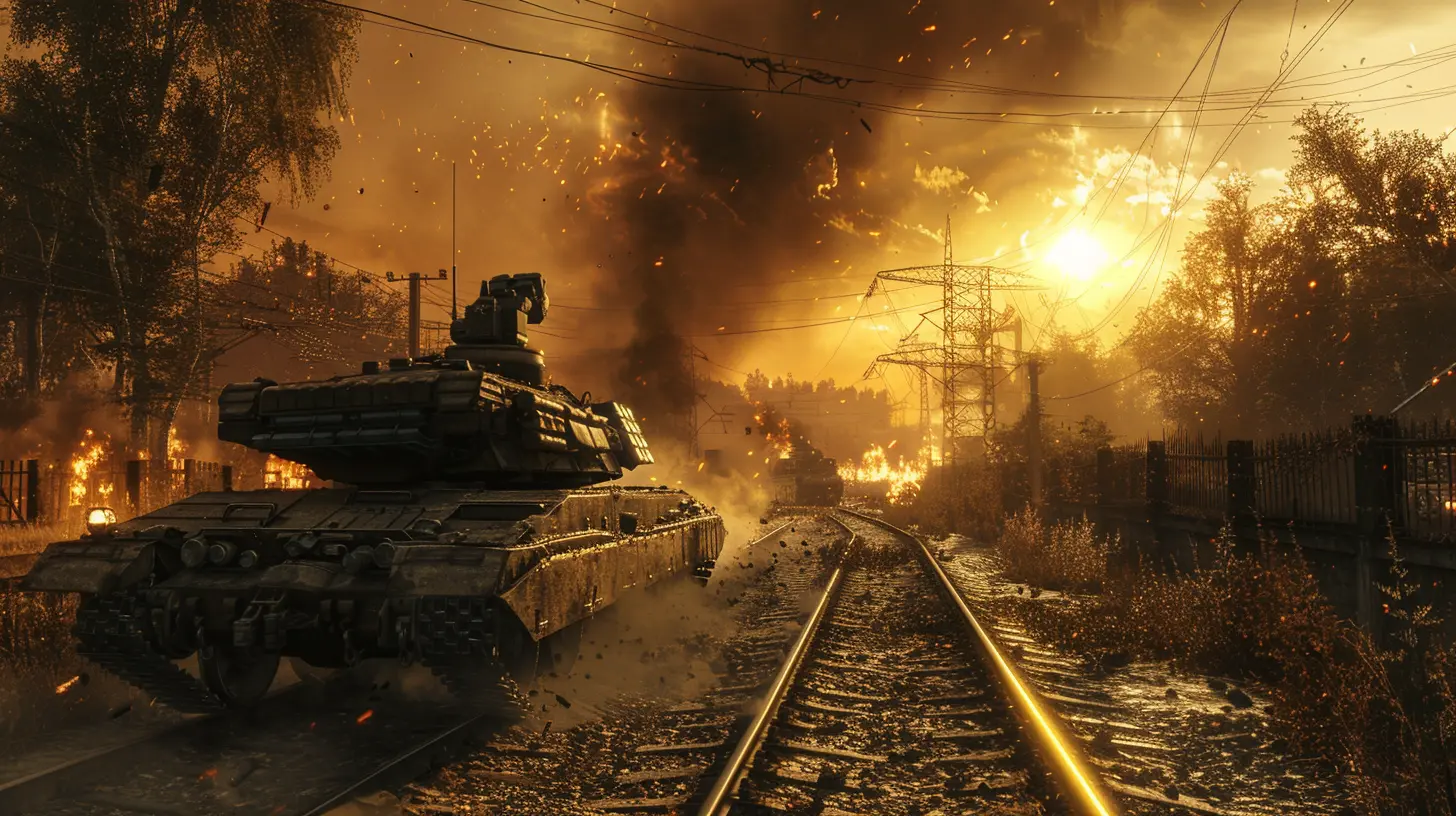
The First Wave of Tactical Games with Graphics
As technology progressed, so did the ambition of game developers. Enter the era of actual graphics. I’m not talking about the jaw-dropping visuals we see today, but 8-bit and 16-bit sprites that felt revolutionary back in the day.Tactical Warfare Goes Mainstream
Fast forward to the late ’80s and early ’90s, where we were blessed with gems like Civilization (1991) and X-COM: UFO Defense (1994). These games weren’t just about moving units on a grid; they made you think about resource management, diplomacy, and even long-term consequences. It felt like you were leading a nation or commanding a battalion, making every decision count.Games like Fire Emblem and Advance Wars also gained traction, adding a unique twist with their turn-based tactical gameplay. These titles brought a certain charm, combining strategy with storytelling. And let’s be honest, who didn’t feel a bit heartbroken when a beloved unit fell in combat?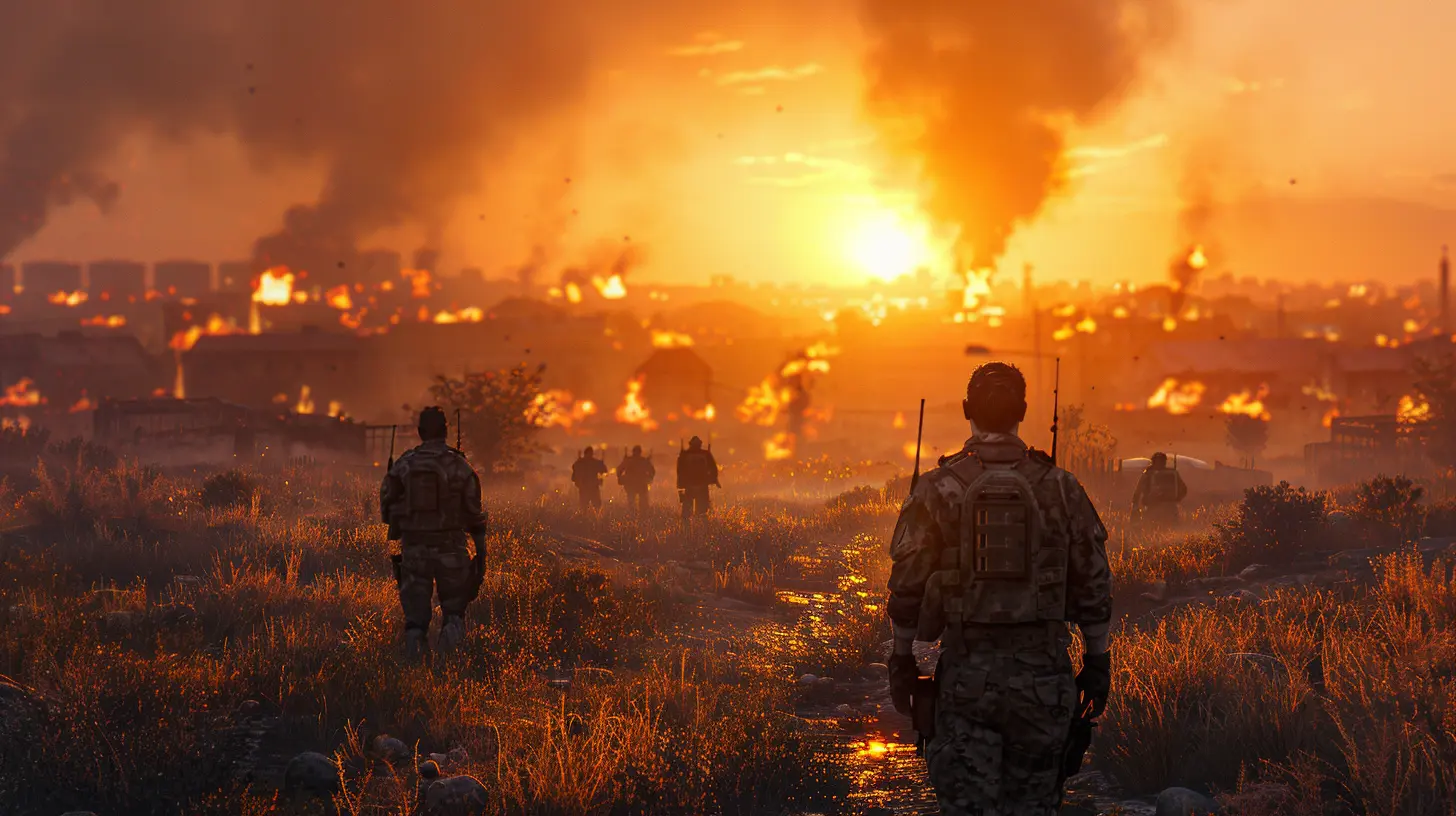
Real-Time Strategy (RTS): A Game-Changer
Here’s where things got exciting—and a little chaotic. The mid-to-late ’90s saw the rise of real-time strategy (RTS) games. If turn-based games were like a steady chess match, RTS was like juggling flaming swords... while riding a unicycle.The Golden Age of RTS
This era gave us iconic franchises like Warcraft, StarCraft, and Age of Empires. These games didn’t wait for you to take your turn—they threw you into the heat of battle, expecting you to make split-second decisions. It was all about quick thinking, adaptability, and multitasking.Remember rushing to build enough barracks in StarCraft before your enemy’s Zerg swarm overwhelmed you? That panic was real. RTS games taught us the value of timing, resource management, and a well-executed plan. They weren't just games; they were life lessons in disguise.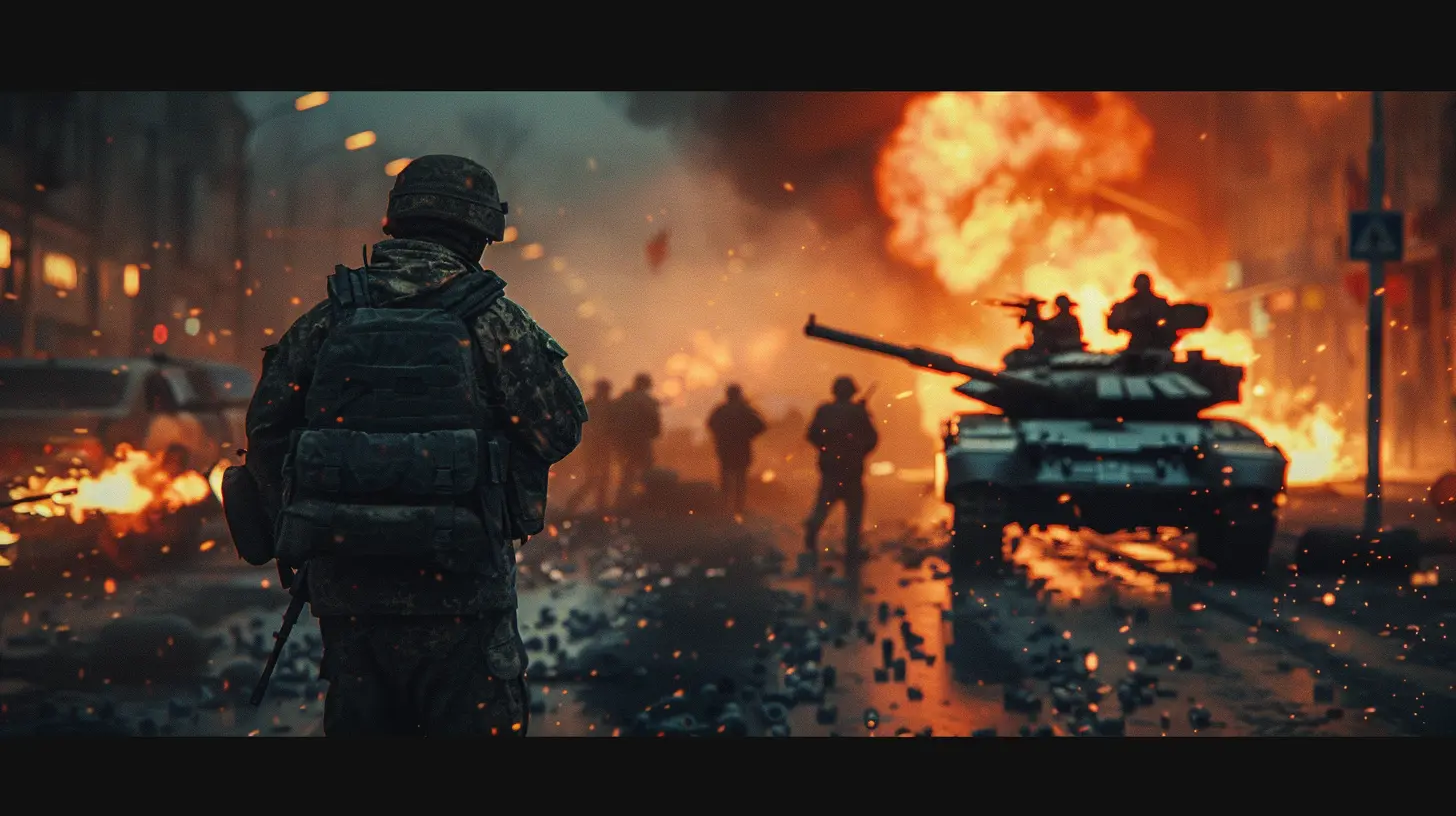
The Tactical Shooter Revolution
Then came the FPS (first-person shooter) games that thought, “Hey, why can’t shooters be tactical too?” And thus, the tactical shooter subgenre was born.Strategy Meets Action
Games like Rainbow Six and Counter-Strike stepped onto the scene in the late ’90s and changed the way we looked at warfare in gaming. These weren’t your average run-and-gun shooters; they required teamwork, precise planning, and strategy. One wrong move, and it could mean the end for your team.It was like chess again, but this time, instead of knights and pawns, you had smoke grenades and sniper rifles. Playing these games felt like being part of an elite squad, coordinating with teammates, clearing rooms, and executing tactical maneuvers. And let’s be real—how satisfying was it to pull off a perfectly coordinated breach-and-clear?
Tactical RPGs: Strategy Meets Storytelling
Tactical warfare isn’t just about battles; sometimes, it’s about the journey. Enter tactical RPGs (role-playing games), where strategy and storytelling go hand in hand. This subgenre has been thriving for decades and shows no signs of slowing down.From Fire Emblem to the Modern Day
We’ve already mentioned Fire Emblem, but it deserves another shoutout here. This series has been a cornerstone of tactical RPGs, blending intricate battle mechanics with deep, emotional narratives. Over time, it evolved to include character relationships, permadeath mechanics, and even player choice affecting the story.Games like Final Fantasy Tactics and Divinity: Original Sin 2 also set the bar high, offering rich worlds to explore and battles that tested even the most seasoned strategists. These games are like novels where you control the ending—immersive, challenging, and oh-so-satisfying.
Tactical Gaming in the Modern Era
Fast forward to today, and tactical warfare games are more diverse than ever. From massive battle simulators to hybrid genres, the tactical itch has never been easier to scratch.Open-World Strategy
Take Total War or Mount & Blade. These games let you command armies in massive battles while also managing territories and building resources in an open-world environment. It’s strategy on a grand scale, and let’s just say, it’s easy to lose hours (or days) in these immersive experiences.The Rise of Battle Royales with Tactical Elements
Even the wildly popular battle royale games have dipped their toes into tactical waters. Games like Fortnite and PUBG might seem chaotic at first glance, but dig deeper, and you’ll see layers of strategy beneath the surface. Building structures, scoping out opponents, and planning your final assault are all tactical decisions that can make or break your chances of victory.Synchronous Multiplayer Tactics
And let’s not forget multiplayer tactics games like Valorant or Apex Legends. These games blend elements of fast-paced action with tactical planning, requiring teams to work together to outsmart their opponents. It’s like playing chess... while someone else is trying to tackle you mid-match.Why Tactical Warfare Games Are Here to Stay
So, what’s the secret sauce that keeps tactical warfare games relevant? It’s simple—they challenge us. In a world of instant gratification, tactical games make us slow down and think. They push us to be creative, to plan, and to adapt.These games tap into something primal: the joy of solving problems and outsmarting opponents. Whether you’re leading an army, managing a kingdom, or outmatching your opponents in a fast-paced FPS, there’s a thrill in knowing that your decisions matter.
Final Thoughts
The evolution of tactical warfare in gaming is a testament to the creativity and ingenuity of developers—and the dedication of gamers. From text-based adventures to open-world epics, tactical games have come a long way. And honestly? The best part is knowing that the journey isn’t over. Who knows what innovations the future holds?So the next time you lead your squad to victory or outwit your enemies in a strategy game, take a moment to appreciate the incredible history behind tactical warfare in gaming. You’re not just playing a game; you’re stepping into a rich and evolving tradition.
all images in this post were generated using AI tools
Category:
War GamesAuthor:

Pascal Jennings
Discussion
rate this article
3 comments
Zorina McLaurin
Fascinating topic! How have player strategies changed over the years?
June 9, 2025 at 4:11 PM

Pascal Jennings
Player strategies have evolved from simplistic, turn-based tactics to complex, real-time decision-making, reflecting advancements in AI, graphics, and player expectations for immersive, dynamic gameplay.
Harlow Rivera
Level up your strategy skills—gaming just got tactical!
June 4, 2025 at 4:16 PM

Pascal Jennings
Absolutely! Tactical gaming has revolutionized strategy by blending real-time decisions with intricate planning, making it more engaging and dynamic than ever.
Zephira Patterson
From pixels to strategy, warfare unfolds—each game a new story.
June 4, 2025 at 3:21 AM

Pascal Jennings
Thank you! Indeed, each game's narrative reflects the strategic complexity of warfare, showcasing how gameplay evolves alongside our understanding of tactics.
